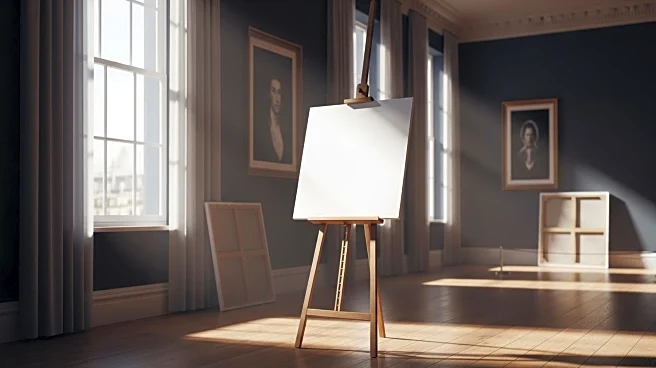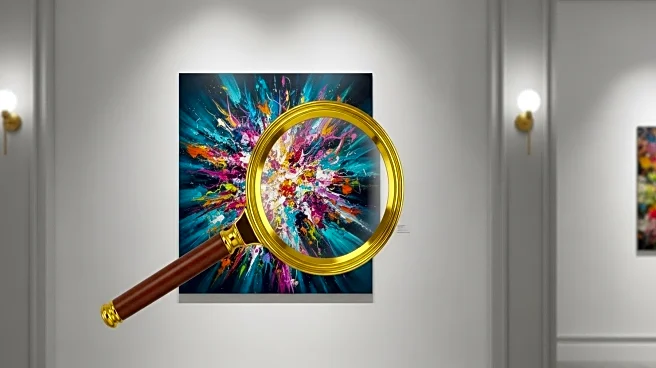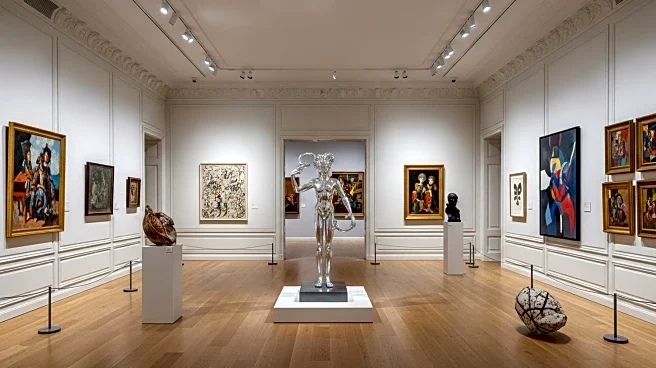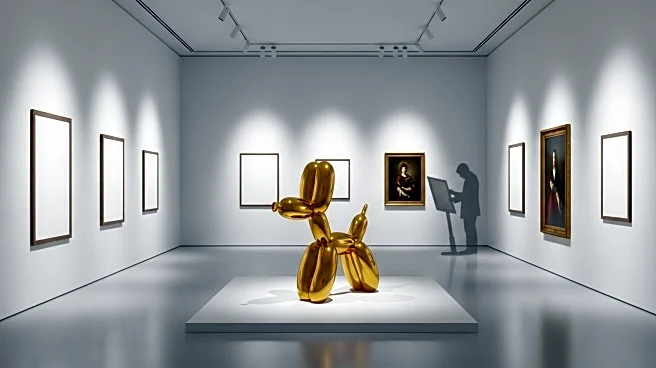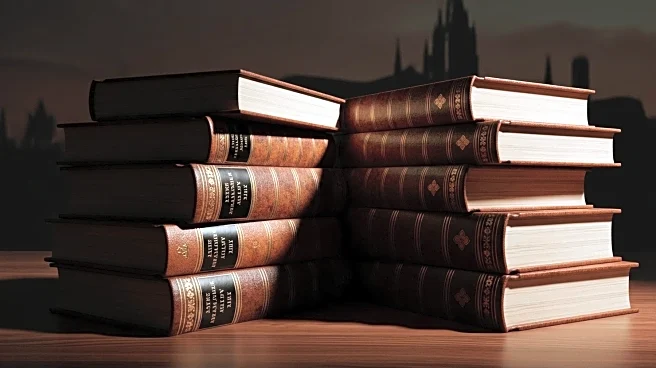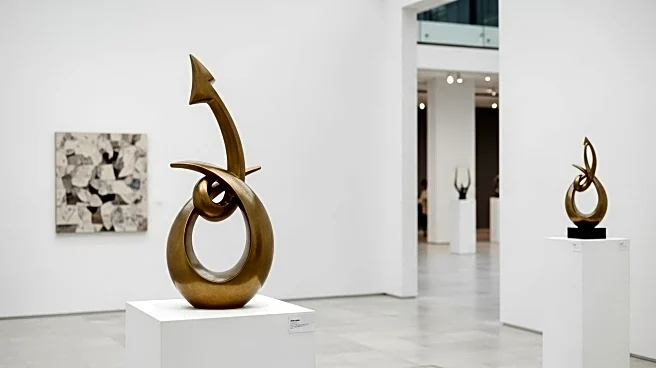What's Happening?
The Knoedler Gallery scandal, one of the largest art frauds in history, continues to reverberate through the art world. The scandal involved the sale of 40 counterfeit artworks by renowned artists such as Robert Motherwell, Jackson Pollock, and Mark Rothko, supplied by dealer Glafira Rosales. These fakes were sold over a period of 14 years, saving the gallery from bankruptcy and enriching its owner, Michael Hammer. The scandal was brought to light in a documentary by Barry Avrich, who has now penned a book detailing the events and characters involved. The book reveals new facts and perspectives, although it does not offer groundbreaking revelations. The Knoedler Gallery's director, Ann Freedman, and collector David Mirvish are among those implicated, with Freedman maintaining her innocence. Despite the scandal's magnitude, Freedman was never charged, and Rosales was the only individual to serve jail time.
Why It's Important?
The Knoedler Gallery scandal highlights significant vulnerabilities in the art market, where expert authentication and provenance are crucial. The scandal damaged the reputation of the art world, affecting collectors, museums, and galleries. It underscores the need for stringent verification processes to prevent fraud. The financial implications were substantial, with high-profile collectors and institutions losing millions. The scandal serves as a cautionary tale, prompting industry stakeholders to reassess their practices and implement more rigorous checks. It also raises questions about accountability and transparency in art transactions, influencing future policy and regulatory measures.
What's Next?
The art world continues to grapple with the fallout from the Knoedler scandal. Stakeholders may push for reforms in authentication processes and provenance verification to prevent similar incidents. Legal and regulatory bodies might consider stricter oversight and penalties for fraudulent activities. Collectors and galleries are likely to be more cautious, seeking additional assurances before acquiring artworks. The scandal may also inspire further investigations into other potential frauds, as the industry seeks to restore trust and credibility. The book by Barry Avrich could lead to renewed interest and scrutiny, potentially uncovering more details about the scandal.
Beyond the Headlines
The Knoedler scandal raises ethical questions about the responsibility of art dealers and galleries in ensuring authenticity. It challenges the perception of art as an investment, highlighting the risks involved. The scandal may influence cultural attitudes towards art ownership and the value placed on authenticity versus aesthetic appreciation. It also prompts a reevaluation of the role of experts and the reliance on their judgments, which can be fallible. The incident could lead to a shift in how art is valued and traded, with greater emphasis on transparency and ethical practices.

